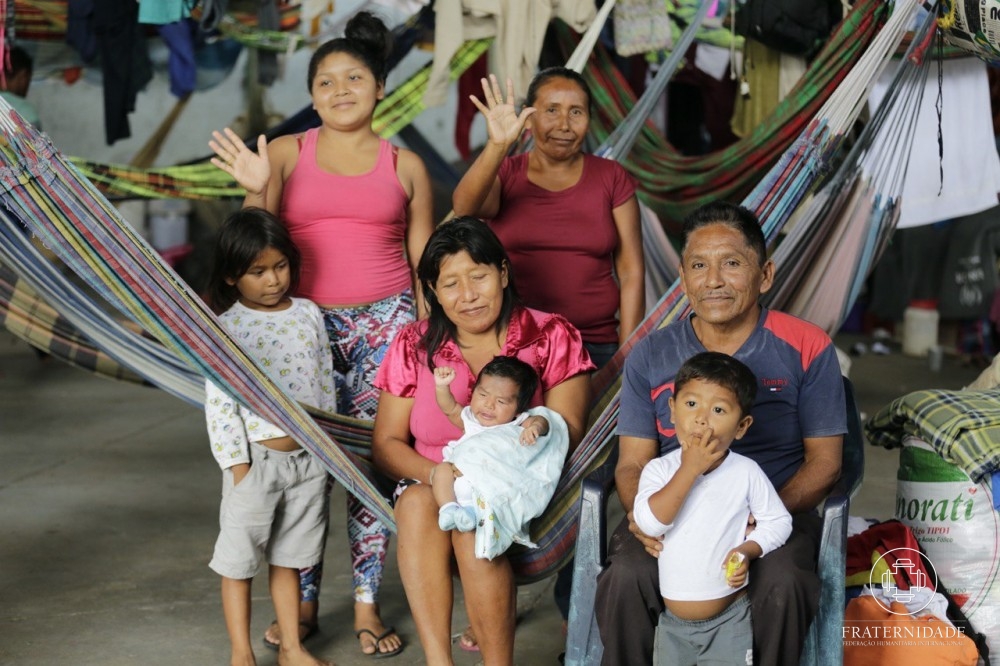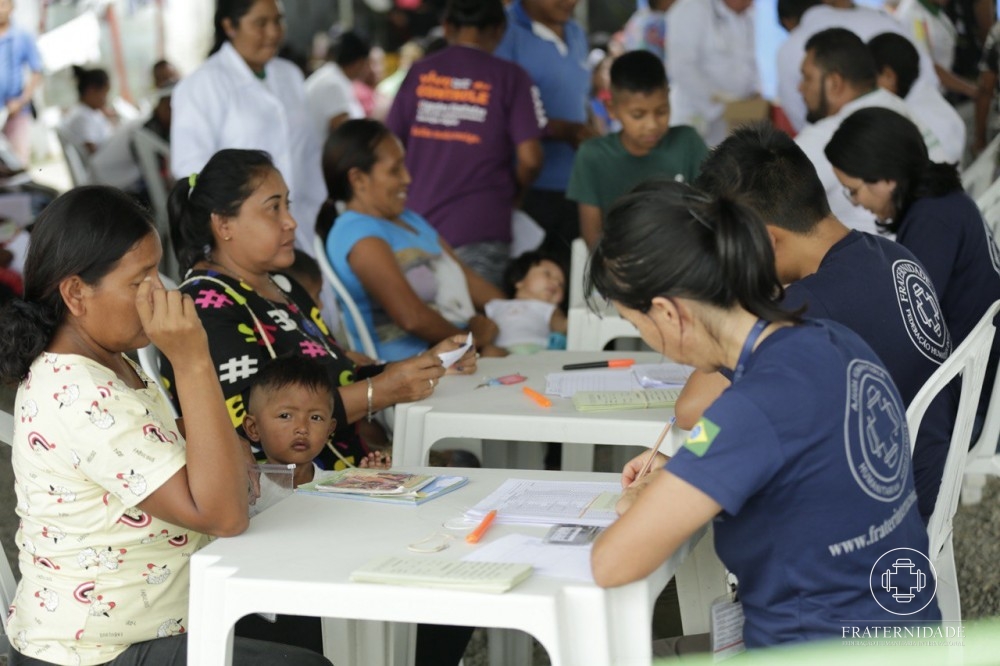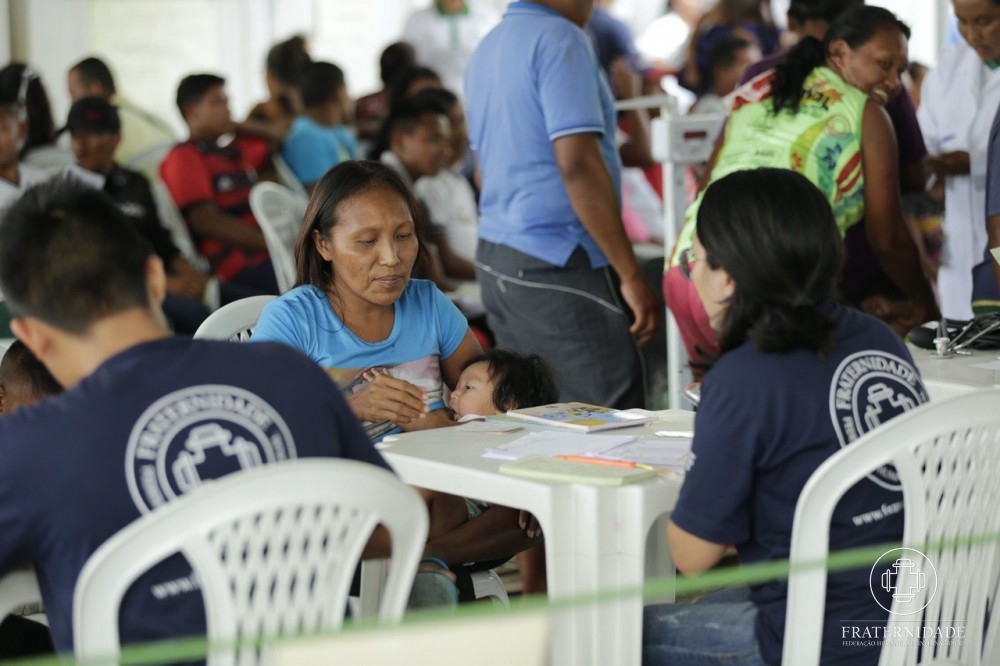Account of a missionary
Day after day, thousands of Venezuelans continue to enter Brazil. The situation in Venezuela prompts them to look for a different future, and they have Brazil close by, a neighbor, full of challenges. For some, this is the only alternative, depending on the place where they are or the condition they are in.
And so, they cross the border and are welcomed, given documents, sheltered in the new reality, trying to dispel the many doubts about the new direction that will be forged in each moment from that point on.
Families, single people, unaccompanied youths, the ill, the elderly. All looking for the sustenance lacking in their lives over the last few days, months, and years.
In this context, Operation Welcome brings together all the organizations in an international cooperation to respond to the immigration crisis and help the immigrants in their first and important moment of arrival. At this stage, their requests for refuge or for permanent residency are taken care of, as well as attention given to their health, immunizations, and documentation which gives them access to services in Brazil.
A follow-up for them also occurs during the immigration process that, after the shelter, ends with the Internalization Program. This program provides immigrants with a socioeconomic integration, making it possible to provide lasting solutions and the means of living within the legal framework of Brazilian territory, and within the area of protection: a re-establishing of the human rights of the immigrants in this new stage of their lives.
The strategy of internalization is a plan of the federal government, supported by the United Nations and civil society agencies, for relocating the Venezuelan immigrants that are currently in the State of Roraima.
This plan is designed for those who do not have sufficient resources nor personal means and who, wanting to become permanent residents, intend to move to other cities in Brazil.
Beginning the internalization process
The flow of internalization begins at the border with Venezuela, in the city of Pacaraima, where the Logistics Task Force (LogTF) of Operation Welcome begins to operate and to document the immigrants at the 1st Sorting Station (SSt) and the temporary shelter BV8.
After that, the Humanitarian Transportation Logistics occurs, done by the Brazilian Army (BA) under the monitoring of the International Organization for Migration (IOM), going to the 12 temporary shelters in the city of Boa Vista, in Roraima, where the 2nd SSt acts as a Base of Operations for the Internalization Plan. At this point, the process begins with evaluating the profiles and the criteria for the different types of internalization available.
These two stages take place by land and are completed at the 3rd SSt, in Manaus-Am, where the Temporary Shelter of Manaus (TSM) operates, administered by the Fraternidade-International Humanitarian Federation (FIHF). This is the last stage and the point of departure by air to the destination. The tickets are supplied by the IOM and institutions of the civil society for commercial flights or of the Brazilian Air Force (BAF).
The process of internalization
The Internalization Plan for the immigrants has five modalities, with their respective prerequisites.
- Shelter-Shelter– people go to other shelters or temporary housing in other cities in states where they receive local support.
- Family Reunification – people join other family members with proven family connections, shelter conditions, and a statement of willingness to receive them.
- Social Reunification – the immigrants join people they know that are not a family connection, that prove to have shelter available, and have stated their willingness to provide it.
- Indicated job offer –people get a job offer confirmed by the employing company and receive social assistance in the local network and civil society. From that point, the people are internalized by organizations of the civil society and people from the private sector.
In this way, the immigrant population coming from Venezuela has access to socioeconomic integration in the various states of Brazil, minimizing the immigrant impact for those who felt forced to leave their country of origin in search of a new future, a new life.
The Fraternidade Humanitária (FIHF) is present in this humanitarian response.
Participate and be a part of this mission.










